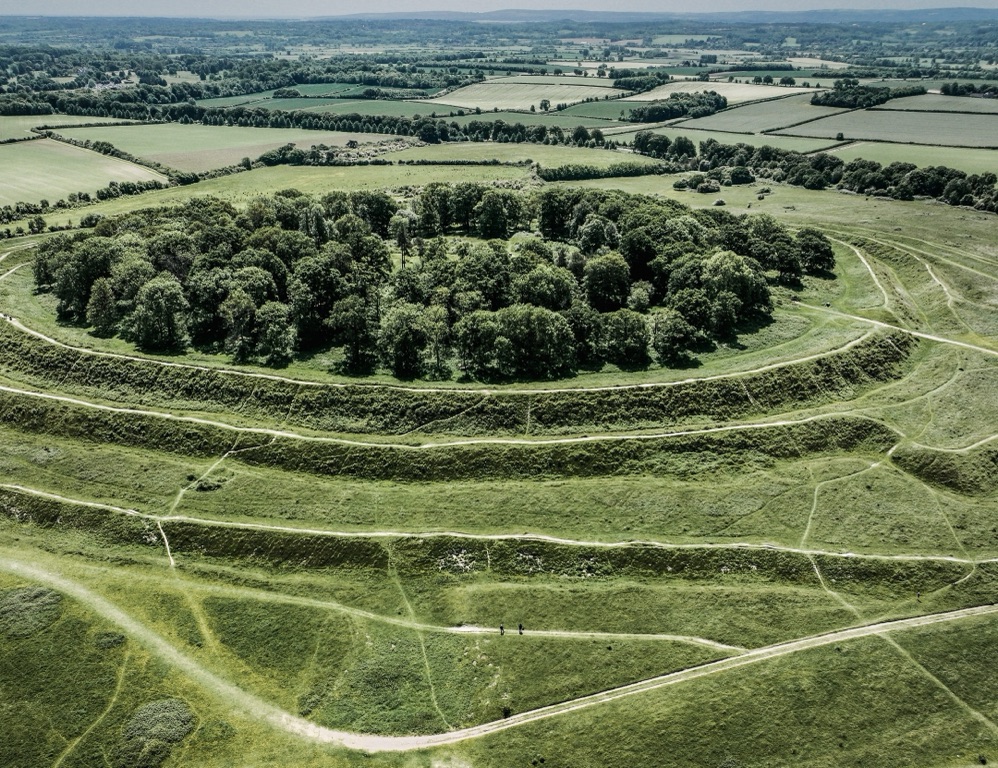Summary
An Introduction to Badbury Rings
Badbury Rings stands as a testament to Britain’s rich and layered history. This ancient hillfort in Dorset beckons history enthusiasts with its timeless allure. Believed to date back to the Iron Age, it is encircled by three concentric rings of banks and ditches. Nestled within the stunning landscape of the Dorset countryside, it offers visitors a picturesque view that merges natural beauty with historical significance. Badbury Rings is not only an archaeological treasure but also a place where families and individuals can explore and experience the echoes of the past.
Get your dose of History via Email
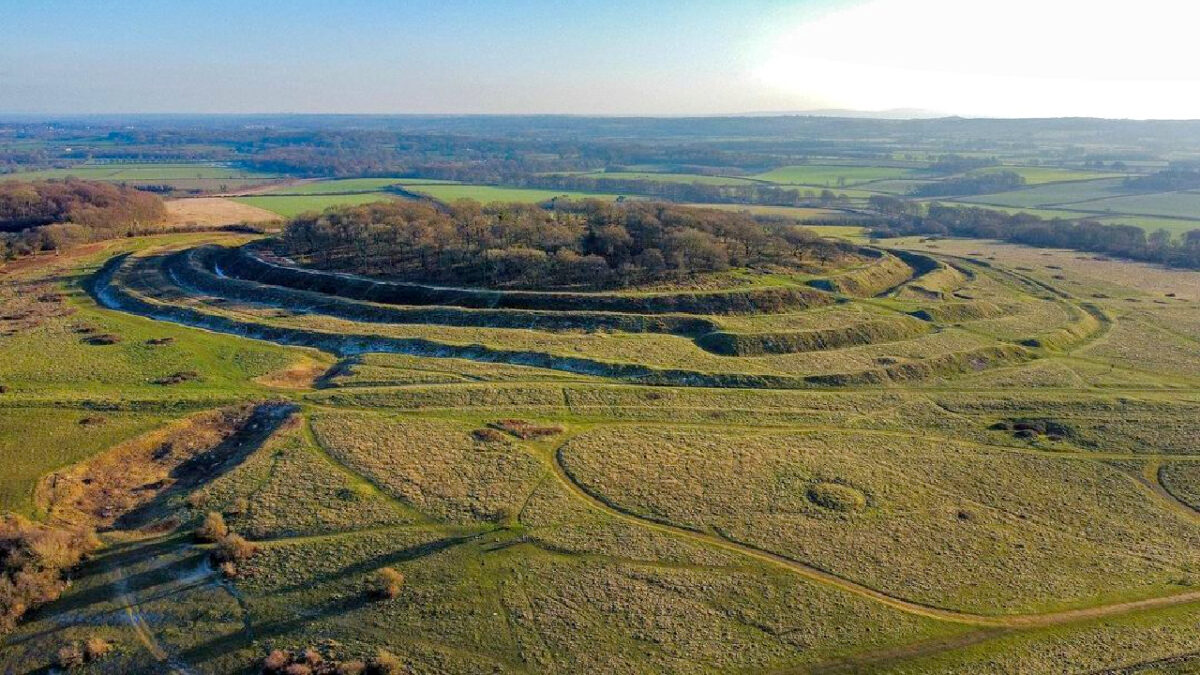
The Historical Significance of Badbury Rings
Delving deeper into the past, Badbury Rings tells a story of human settlement, strategic military importance, and ancient local lore. Researchers suggest its position was crucial for defensive purposes, providing an expansive vantage point over the surrounding areas. The site has yielded artifacts, indicating its use well into the Roman occupation of Britain (43 AD to 410 AD). Local myths even hint at Badbury Rings being the site of a legendary battle led by King Arthur, adding a layer of mystique to its historical profile. It is a place where the distant past still palpably resonates with visitors today.
Visiting Badbury Rings Today
The current appeal of Badbury Rings goes beyond its historical roots, offering a serene escape for nature lovers and an outdoor classroom for educational trips. With its lush meadows, rich wildlife, and well-preserved earthworks, it invites a tranquil retreat from modern life. For those seeking an active day out, the site’s extensive network of footpaths and bridleways makes it a popular choice for walkers and equestrians alike. Badbury Rings continuously attracts people from all walks of life, eager to step into a living piece of history or simply to enjoy the tranquility of the Dorset countryside.
Historical Background of Badbury Rings
Badbury Rings: A Prehistoric Marvel
Badbury Rings stands as one of the preeminent Iron Age hillforts within the British landscape. These rings have survived through the ages, nestled into the Dorset countryside. Their formation, three deep ditches surrounded by towering banks, suggests a complex and sophisticated society. Archaeologists agree that such structures served both as fortifications and community hubs. Clearly, these rings witnessed the ebb and flow of ancient life, echoing with stories from centuries long gone.

Roman Occupation and Beyond
Following the Iron Age, Badbury Rings took on new life under Roman occupation. It transformed into an important military outpost, guarding the intersecting Roman roads. Artefacts unearthed from the area point to a prolonged presence of Roman forces. As centuries rolled on, Badbury Rings transitioned from military stronghold to agricultural grounds. The evidence persists in the shape of medieval field systems that are still visible from above. The site’s layered history demonstrates its continual adaptation to the needs of each new era.
Badbury Rings in Myths and Legends
The intrigue of Badbury Rings peaks with the myths and legends it inspires. Some say Badbury Rings was King Arthur’s battleground, where he fought off invading Saxons. Although these stories lack historical proof, they bring an air of mystery to the site. The legends remind us that Badbury Rings is not only a place of past human activity but also a canvas for cultural expression and storytelling. It’s a nexus where history and legend intertwine, captivating the imagination of all who visit.
Nowadays, the ancient fort is a sought-after destination for tourists and historians. Managed by the National Trust, it offers a snapshot into the past. But more than that, Badbury Rings is a valuable ecological haven. Its surrounding chalk downlands nourish rare species of flora and fauna. As such, Badbury Rings plays a dual role in cultural heritage and environmental conservation, making it an asset on multiple fronts.
The legacy of Badbury Rings is undeniably profound; an emblem of human civilization, evolution, and resilience. As visitors walk among the whispering banks, a sense of connection to our ancestors arises. Through the mist of time, we glimpse a world that once was, and appreciate the enduring spirit of Badbury Rings. It’s a historical testament that continues to unfold its story, inviting everyone to partake in its enduring saga.

The Discovery of Badbury Rings
Unveiling the Past: The Initial Findings
The pivotal unearthing of Badbury Rings’ historical significance began in the late 19th century. Antiquarians and early archaeologists took an interest in its distinguished earthen ramparts. Their surveys were cardinal, setting the stage for the site to be recognized as a major antiquity. However, it was the work of General Pitt-Rivers from 1881-1898 that brought detailed attention to this site, transforming it from a mere curiosity into an important historical landmark.
The Pitt-Rivers Excavations
General Pitt-Rivers, often hailed as the “father of British archaeology”, conducted extensive excavations at Badbury Rings. His innovative and methodical approach to excavation set new standards for archaeological practice. The discovery of Iron Age and Roman artifacts during these diggings provided the first factual evidence of the site’s ancient use. Pitt-Rivers’ meticulous records gave later historians and archaeologists a wealth of data upon which to build future understanding.
Expanding Knowledge in the 20th Century
In the 20th century, archaeological methods evolved, and so did the understanding of Badbury Rings. Later excavations employed more refined techniques, uncovering deeper insights into the site’s construction and its role through different ages. The precise dating of artifacts using modern methods painted a more accurate picture of the chronology of occupation at Badbury Rings. The evolution of archaeology thus paralleled the enhanced appreciation of the site’s rich past.
Into the modern era, non-invasive techniques like aerial photography and geophysical surveys brought new revelations without disturbing the ground. These approaches helped identify buried structures and the extent of human activity at the site. Consequently, they generated a broader narrative of Badbury Rings, not only as a fortress but as a community center at the crossroads of trade routes.
Today, with a robust framework of findings, Badbury Rings emerges as a crucial site in Britain’s historical tapestry. The discovery and understanding of Badbury Rings continue as each new investigation unfolds more of its story. The site stands as a beacon attracting scholars eager to delve into its depths and unearth the secrets it still holds.
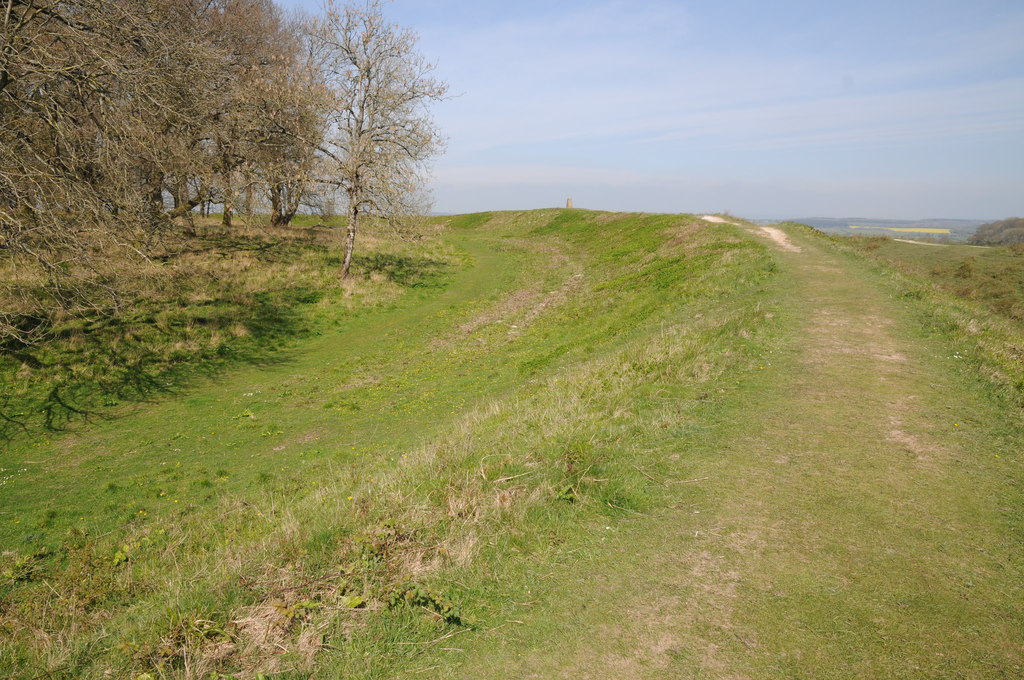
Cultural Significance, Dating methods, Theories and Interpretations
Understanding Badbury Rings Through Chronology
The task of dating Badbury Rings has been pivotal in understanding its cultural significance. Archaeologists have utilized a variety of methods, such as stratigraphy and radiocarbon dating, to analyze the site. The results have placed the initial construction of the Rings in the late Bronze Age or early Iron Age. By determining its age, researchers affirm the site’s historical narrative. The techniques disclose the lifespan and evolutions of Badbury Rings, providing insight into the lives of its past inhabitants.
Interpreting the Fort’s Function and Importance
Theories about the purpose of Badbury Rings have evolved over time. Early interpretations saw it solely as a military stronghold. Current research, however, expands its role to include possible religious or social functions. The site’s location at the convergence of several ancient tracks implies it was a significant node for trade and communication. This understanding enriches its cultural importance, highlighting its role in the social and economic fabric of ancient societies.
The Cultural Resonance of Badbury Rings
The Rings does not merely stand as an archaeological site; it resonates deeply with local cultural identity. Its imposing earthen structures stir the imagination, evoking tales of bygone eras and mysterious rites. The site features in local folklore and even potential Arthurian legends, underscoring its role in the collective memory and heritage of the region. This cultural impact bridges the gap between past and present, marking Badbury Rings as a fixture in both the landscape and the cultural psyche.
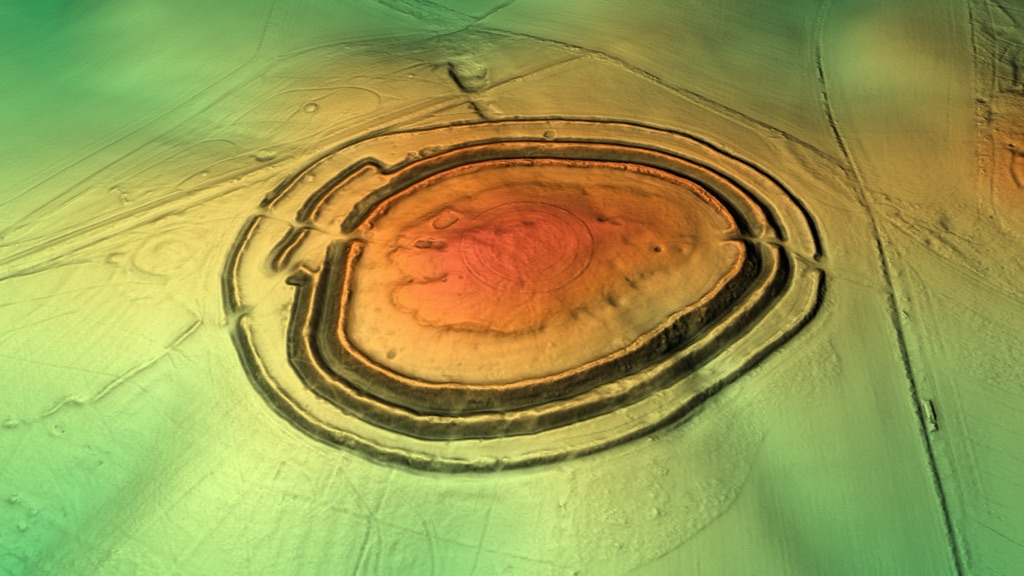
Furthermore, new interpretations emerge as scholars draw links between ancient finds and broader historical contexts. Some suggest the Rings were a part of a much larger complex. This idea comes from nearby archaeological discoveries that suggest interconnected activity. These interpretations continually reshape the understanding of Badbury Rings, foregrounding its complexity and significance in ancient British history.
Each new study contributes layers to its grand narrative. While the full story may never be fully known, the fusion of facts, theories, and cultural significance provides a rich tapestry. It unveils the depth of human activity spanning millennia. Badbury Rings thus stands not just as a marker of the past, but as a living part of a historical conversation that persists into the present.
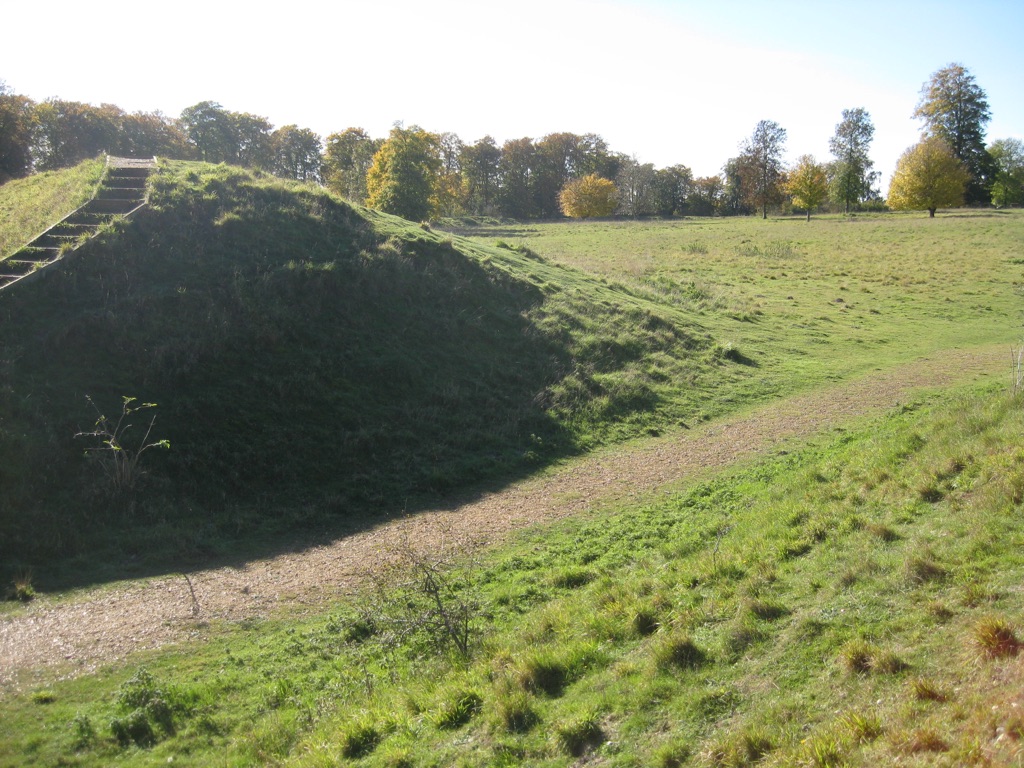
Conclusion and Sources
In conclusion, The Rings remains a symbol of the past, revealing glimpses into the historical and cultural developments of ancient Britain. This site, with its complex structures and long history, captures the imagination and drives continued scholarly investigation. As each new theory emerges and each dating method refines our understanding, Badbury Rings stands resilient, a testament to enduring human presence and ingenuity. Its significance is reflected not just in the physical landscape but also in cultural narratives, highlighting the intertwined nature of archeology and folklore.
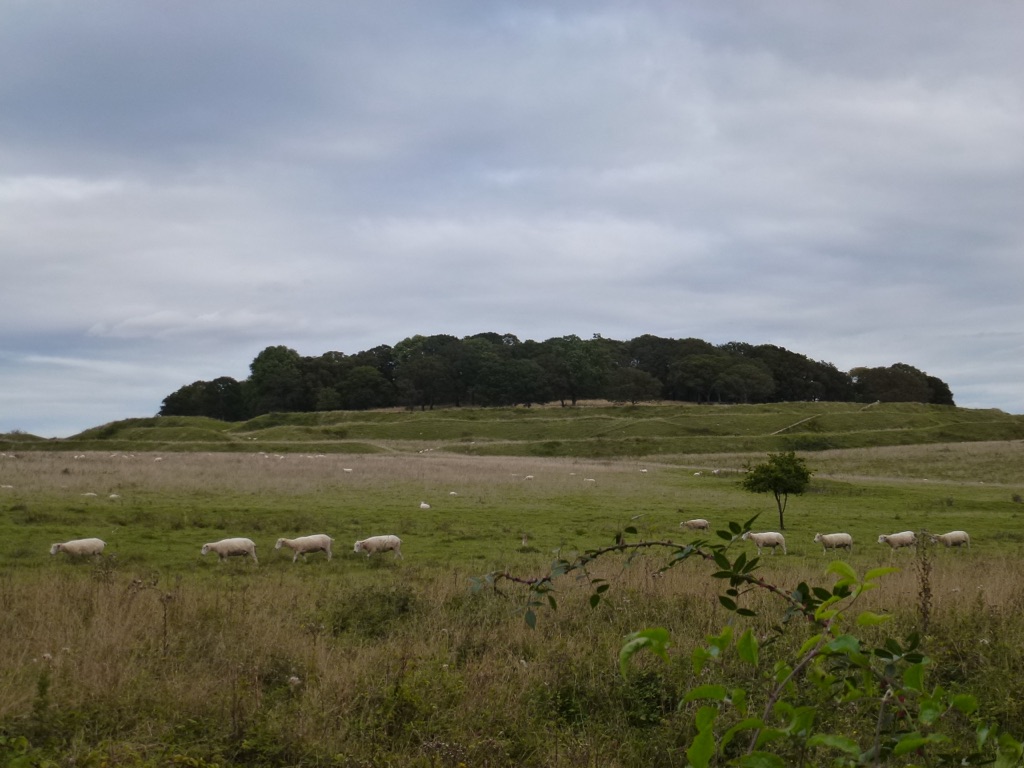
For further reading and to validate the information presented in this article, the following sources are recommended:
Or you can check any of these reputable archaeological and historical texts:
Pitt-Rivers, A. (1898). ‘Excavations in Bokerly and Wansdyke, Dorset and Wiltshire, vol. 3.’ London.
Sharpe, A. (2006). ‘English Heritage book of Iron Age Hillforts.’ Batsford.
The Royal Commission on the Historical Monuments of England. (1970). ‘An Inventory of Historical Monuments in the County of Dorset, Volume Three, Central Dorset. Part 1.’ London: HMSO.

